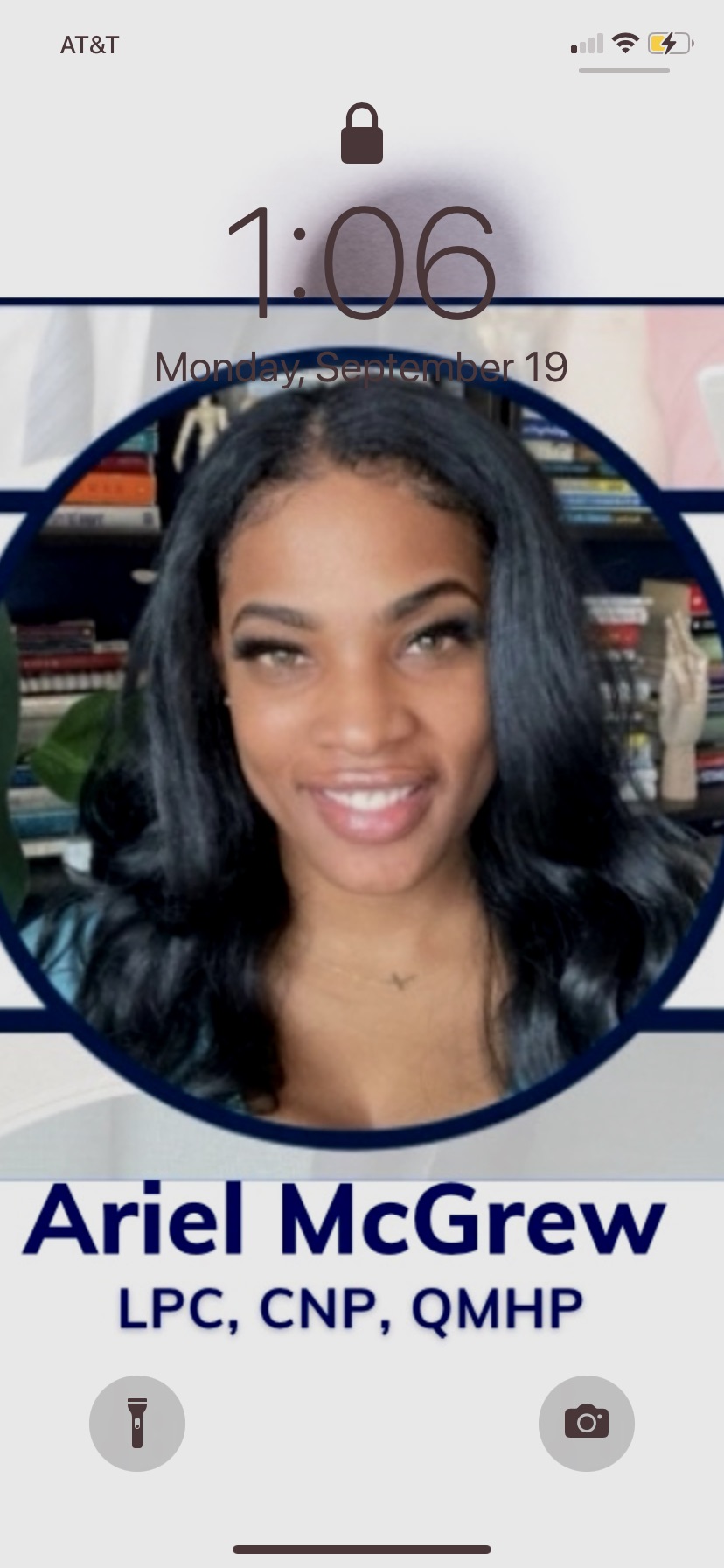40, Flawed, and Figuring It Out: A Midlife Reflection
- Dr. Ari McGrew

- Mar 22
- 4 min read
Updated: May 31
On March 25th, I’ll turn 40 (but for shits and giggles lets say $32.99 plus shipping and handling). Not in the way social media glamorizes it, not with a curated photo shoot holding gold balloons. No. I’m turning 40 in the way that feels like quietly putting down a backpack I didn’t realize I was still carrying. A bag filled with survival stories, unfinished grief, and old armor from the Army Reserves that no longer fits the woman I’m becoming.
I’ve been many things in this life so far—soldier, clinician, educator, business owner, widow, mother, friend. But as I enter this decade, I find myself asking: How do I want to live now that I know what it took to survive? The answer, at least in part, is rooted in psychology. Let me explain—briefly, because even on my birthday, I’m still a business psychologist who loves a good theory.
Embracing Midlife: Turning 40 with Intention
As I celebrate this milestone, I want to reflect on what this decade means for me and for others. The transition into my 40s is less about aging and more about embracing renewal and growth. Midlife is often viewed as a downward slope; I see it as an opportunity for transformation.
Erikson’s 7th Stage: The Generativity Question
According to Erik Erikson’s (1950) psychosocial theory, ages 40–65 mark the developmental stage of Generativity vs. Stagnation. This chapter prompts adults to ponder, Am I making a meaningful impact? Is my life feeding others or just cycling through habits?
Dan McAdams and Ed de St. Aubin (1992) beautifully elaborated on this concept. They showed that generativity is not solely about parenting or producing. It encompasses creating things that live on beyond us. This can take many forms—ideas, mentorship, community work, or messages meant to impact the world long after we are gone.
Some people enter this stage gently. Others, like me, arrive with a realization—a thud. The climb, the fight, and the grind have provided me with tools for survival. Yet, healing requires a different set of skills. Softer ones.
Midlife: The Most Overlooked Power Stage
Psychologist Margie Lachman (2015) refers to midlife as “the afternoon of life.” It is a transitional phase often overlooked in research, yet crucial for shaping both our present and the future of those around us. She explains that midlife adults often serve as bridges—raising children, supporting aging parents, and mentoring younger professionals.
We are often sandwiched between caregiving, career changes, and personal evolution that doesn’t always come with accolades. It’s no wonder midlife is sometimes labeled a crisis. Lachman found that while some midlife adults feel temporarily unsatisfied, many experience increasing purpose, peak leadership skills, and the highest self-confidence of their lifespan if they take time to reflect and redirect. This birthday marks not a moment of panic, but a vital pivot.
What This Looks Like for Me (and Maybe for You)
If you’re also facing your psychosocial growth spurt, welcome. You’re not late. You’re just becoming. Here’s what generativity looks like from my perspective:
Letting the work speak for itself. I’m licensing frameworks I created while in survival mode, refining them now in peace.
Teaching less, leading more. I’m stepping into CEO energy—not for ego, but so I can empower others to do the same.
Healing without urgency. I’m learning to be present with my body, my breath, and my needs—without apologizing for them.
Creating meaning without burnout. Just because I can do everything doesn’t mean I should.
The hardest part? Letting the armor go. This isn’t just about the metaphorical baggage; it's about releasing the instinct to push, fix, solve, and earn every moment of rest. I’m discovering that rest is a form of leadership, and healing is a legacy in its own right.

The Real Invitation of 40
What I know now is that midlife isn’t a crisis—it’s a recalibration. This is a time to ask ourselves questions like:
What matters now? Who am I becoming? And how can I be gentle with the version of me that got me here?
It’s the moment we stop chasing legacy as if it resides in the distance. Legacy begins now—with how we show up for ourselves, shape conversations, and create things that transcend the struggle.
To My Fellow Midlifers (or Midlife-in-Training)
You don’t need a new identity. You need to trust the one you’ve been quietly forming. You don’t have to fix your whole life by 40. You just have to believe it’s worth living with more intention.
You’re allowed to feel messy and wise at the same time. That’s not failure. That’s midlife. And it’s a privilege.
Conclusion: The Journey Ahead
As I step into my 40s, I’m excited about what lies ahead. Midlife offers us a unique lens through which to evaluate our past and envision our future. It’s about connection, growth, and allowing ourselves to be fully present. So let’s take this journey together. Let’s embrace the chaos and the beauty, and allow our lives to unfold in ways we never imagined.
References
Erikson, E. H. (1950). Childhood and society. New York, NY: W.W. Norton & Company.
Lachman, M. E. (2015). Mind the gap in the middle: A call to study midlife. Research in Human Development, 12(3–4), 327–334. https://doi.org/10.1080/15427609.2015.1068048
McAdams, D. P., & de St. Aubin, E. (1992). A theory of generativity and its assessment through self-report, behavioral acts, and narrative themes in autobiography. Journal of Personality and Social Psychology, 62(6), 1003–1015. https://doi.org/10.1037/0022-3514.62.6.1003

_edited.jpg)




Comments